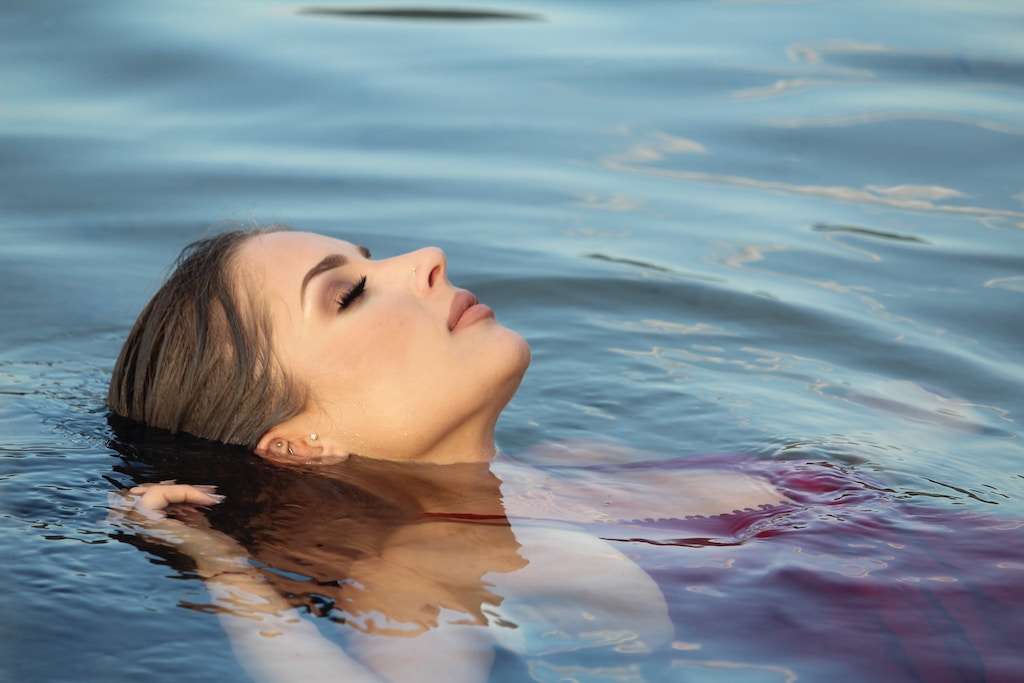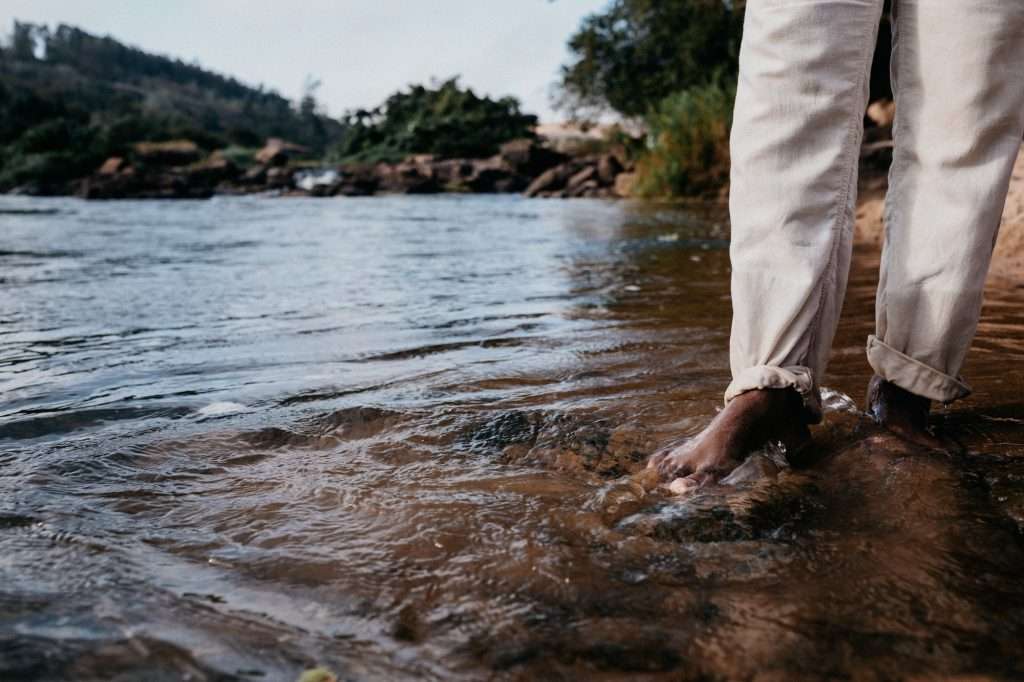River pollution around the world is bringing serious health risks. Here’s what you need to know.
In the summer, most of us love to head to our local body of water and take a refreshing dip. It could be a lake, the ocean, or a river, but there’s arguably no better feeling than dipping your toes into cool water while the sun beats down on your back. That is until you get sick. Globally, waterways are more polluted than ever, and this, it turns out, has some serious consequences for our health.
In England, one regular wild river swimmer claims they recently caught hepatitis A, a liver infection, due to poor water quality on the southern coast. And, after taking a dip at a popular river spot elsewhere in the country last summer, 12 people fell ill and one was hospitalized. In more grim news, in the U.S., flesh-eating bacteria, called Vibrio vulnificus, has been recorded in coastal waters. As of last October, there had been 65 cases in the state of Florida alone.
But where is all the pollution coming from? Is anything being done about it? And is it time to start avoiding these spaces, and just take a dip in the local, chlorinated, swimming pool instead? Let’s investigate.
The dangers of swimming in polluted water
According to Surfers Against Sewage, a marine conservation charity, last year, there were 389,000 discharges of raw sewage into the U.K.’s waterways. And around 5,000 of these waterways were designated bathing areas. “Water companies are legally allowed to discharge untreated wastewater through sewer overflows during periods of heavy rain,” explains the organization. “But we’ve found they are being used on an alarmingly routine basis.”

According to American Rivers, a U.S. national river protection organization, the situation is bleak in the U.S., too. In fact, it reports that every single year, more than 860 billion gallons of sewage escape into the country’s rivers and streams.
“Untreated human sewage teems with salmonella, hepatitis, dysentery, cryptosporidium, and many other infectious diseases,” notes American Rivers. “Scientists believe as many as 3.5 million Americans get sick each year after swimming, boating, fishing, or otherwise touching water they thought was safe.” Florida’s Vibrio vulnificus outbreaks were also caused by sewage when Hurricane Ian caused gallons of wastewater to spill into the state’s waterways.
But it’s not just human waste that poses a risk to our waterways. Around the world, runoff from factory farms is having a devastating impact. For example, Cargill, one of the world’s biggest meat producers, was recently blamed for contaminating the U.K.’s River Wye with manure from chicken farms. In 2001, the company was sued by the city of Tulsa, Okla., over a very similar incident in the U.S.
“To see history repeating like this is heartbreaking,” Dr. Tom Tibbits of the organization Friends of the Upper Wye told the Guardian. “Where’s the corporate responsibility? They had the knowledge but didn’t clean up their act.”
Is anything being done to stop water pollution?
Right now, it doesn’t look like water pollution is going to immediately improve. In fact, increasingly grim news reports are being released all the time. In the U.K., for example, it was recently revealed that the Environment Agency was aware that raw sewage was being dumped in rivers ten years ago, but did not take the opportunity to stop it. “They knowingly permitted the illegal activity to continue,” one whistleblower revealed to The Guardian.

That said, the Department for Environment, Food, and Rural Affairs has recently claimed it has asked water companies to “speed up investment in infrastructure to prevent sewage discharges,” reports The Independent. It is also currently considering a ban on plastic wet wipes, which cause sewer blockages, and the implementation of unlimited penalties for dumping sewage.
But some activists and politicians, like the co-leader of the Green Party Adrian Ramsay, have said the “actions are too little too late.”
In terms of factory farm pollution, there is also little being done. In the U.S., a lawsuit recently filed against the Environmental Protection Agency claims that the department has no plans in place to regulate factory farm water pollution. The views of Julie Duhn, a resident of Iowa who is afraid to swim in lakes near the state’s hog farms, were included in the lawsuit. “Water is essential to life and when you can’t feel comfortable drinking it, let alone swimming in it, that seems pretty urgent to me,” she said.
Is it still possible to wild swim safely?
If you know the risks and still want to wild swim, Above Water, a water safety charity, advises that you do a few checks before you enter any body of water. If it looks or smells polluted, it’s best to stay away. But if it looks “suspect,” you should take precautions by covering cuts or grazes before you head in for your dip.

Australian platform Ocean Swims also advises avoiding coastal water for at least one day after heavy rain, but for rivers and estuaries, you should wait three days. “It is also recommended to avoid swimming near stormwater drains as they can still be actively discharging microorganisms and pathogens into the water,” it notes.
Finally, always do your research first. Look for local news reports for information on water quality and risks, and check your local government or council websites, too. In the U.K., Surfers Against Sewage has also put together a useful Safer Seas & Rivers Service app, which will give you all the information on how safe the water is near you before you dive in.
Related on Ethos:


